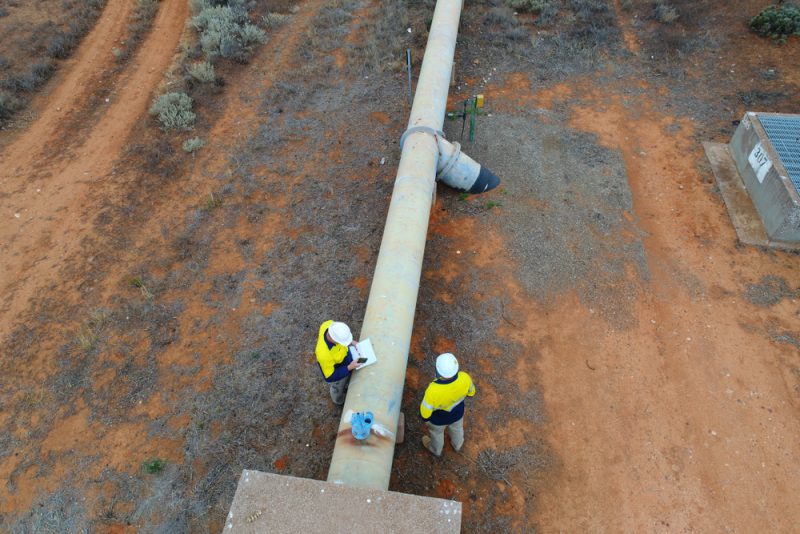PHMSA should consider states when planning for interstate pipeline inspections, GAO says

In a report published Tuesday, the U.S. Government Accountability Office (GAO) recommended that the Pipeline and Hazardous Materials Safety Administration (PHMSA) develop a workforce plan for interstate pipeline inspections.
PHMSA, an agency within the Department of Transportation (DOT), oversees the safety of natural gas and hazardous liquid pipelines.
The plan, GAO said, should take into account the resources and safety oversight that state pipeline officials could provide and should be consistent with leading practices in workforce planning.
Some states assist with these duties through interstate agent agreements or temporary interstate agreements. States with these agreements can receive annual grants to cover up to 80 percent of the cost of their pipeline safety activities. In recent years, PHMSA has begun to move away from using these agent agreements, GAO said.
States can also request to participate in inspections. State officials have expressed concerns about the fact that their role in these joint inspections is limited and that states participating in inspections in this manner cannot recover costs. PHMSA officials indicated that they plan to clarify the role of state inspectors in joint inspections.
GAO found that PHMSA expanded its inspector workforce by 25 percent between 2012 and 2017, as PHMSA’s appropriations increased by over 40 percent.
The report also found that PHMSA had allocated these new hires according to regional needs but had not planned for future workforce needs and had not assessed how states could assist in pipeline inspections and safety oversight.
DOT concurred with GAO’s recommendation and provided technical comments on the report.
